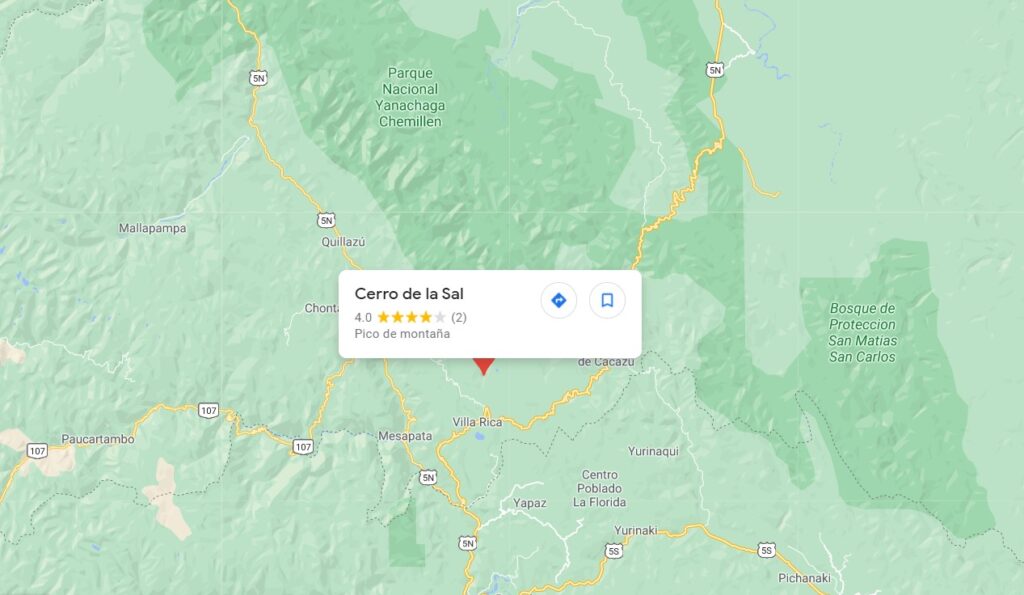
Some interesting notes on salt in the Amazon: the experience of Manuel Córdoba Ríos, the hill of salt and an Ashanic legend
Some time ago I read a book written by Frank Bruce Lamb about the life of Manuel Córdoba Ríos (1887-1978), a sorcerer born in Iquitos, who was a collector of Amazonian plants for the Astoria Peruana Company, and healer between 1968-1978.
Manuel was captured by the Amahuacas as a child and raised as an indigenous boy. They taught him to walk naked, to hunt, to fish, and to eat food without salt. Some time later, Manuel returned to urban life, and returned to eating salt.
Then, when trying salty foods again, he suffered severe stomach pains and severe diarrhea.
That does not happen to the members of manyindigenous groups who eat pango food, that is, without salt.
Pero otros si la comen, y hacen grandes esfuerzos para obtenerla participando en largas redes de intercambio.
Let us remember the Cerro de la Sal, and the Asháninka entrepreneurs, thanks to Stéfano Varese and Enrique Rojas Zalezzi.
Amazon legend: the origin of salt
Among the peoples who use salt are the Yánesha, of Arawac affiliation, who originally lived between the Palcazu and Azupizu rivers, and who were later displaced to what today corresponds to the San Martín region. They have a beautiful legend about salt.
“In the old days there was no salt, we didn’t have salt. The salt was sent by our father (Yompor Ror, the Sun) from down the river. Our father said: I have not left the people I have created anything with which they can make their food tasty. So go with them, he said to Quentot (the salt-person). In the place where they recognize you, there will be salt. That way the people that I have created will have tasty food.”
Sources
- Lamb, Frank Bruce. 1998. Un brujo del Alto Amazonas. La historia de Manuel Córdoba Ríos. Barcelona: José de Olañeta;
- Santos Granero, Fernando. 2004. “Los Yánesha”, en: Santos Granero, F.; Barclay, F. (eds). Guía Etnográfica de la Alta Amazonía. Vol. IV. Quito: IFEA-Smithsonian Tropical Research Institute. 345.

Dr. Rafael Cartay is a Venezuelan economist, historian, and writer best known for his extensive work in gastronomy, and has received the National Nutrition Award, Gourmand World Cookbook Award, Best Kitchen Dictionary, and The Great Gold Fork. He began his research on the Amazon in 2014 and lived in Iquitos during 2015, where he wrote The Peruvian Amazon Table (2016), the Dictionary of Food and Cuisine of the Amazon Basin (2020), and the online portal delAmazonas.com, of which he is co-founder and main writer. Books by Rafael Cartay can be found on Amazon.com
This post is also available in:
![]() Español (Spanish)
Español (Spanish)
